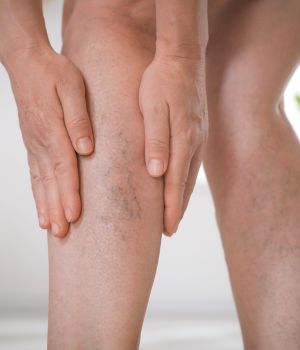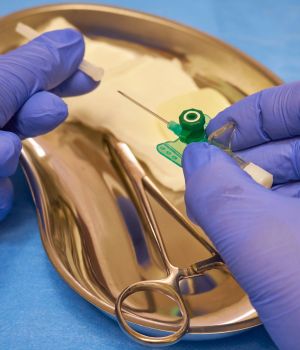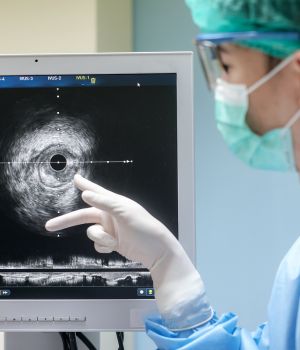Venous catheterization is a common medical procedure that provides direct access to a vein for medications, fluids, blood draws, or hemodynamic monitoring. It is essential for patients needing long-term intravenous therapy, critical care, or complex medical treatments. Timely and properly performed catheterization improves treatment effectiveness and patient comfort.
Why Venous Access Matters?
Reliable venous access is crucial for delivering life-saving medications, intravenous fluids, chemotherapy, or nutrition. Improper access can lead to complications such as infections, thrombosis, or vein injury. Expert catheter placement ensures safety, accuracy, and long-term vein preservation.
What is Venous Catheterization?
Venous catheterization involves inserting a thin, flexible tube (catheter) into a vein to facilitate treatment. Types of venous catheters include peripheral IVs, central venous catheters (CVCs), peripherally inserted central catheters (PICCs), and tunneled or implanted ports.
Types of Venous Catheters
- Peripheral IV Catheter: Short-term access for medications and fluids.
- Central Venous Catheter (CVC): Long-term access for medications, blood draws, or dialysis.
- Peripherally Inserted Central Catheter (PICC): Extended therapy through a peripheral vein with central access.
- Implanted Port: Surgically placed under the skin for intermittent long-term therapy.
When You Should Come to Us
Seek venous catheterization if you require:
- Long-term IV medications or antibiotics.
- Chemotherapy or total parenteral nutrition.
- Hemodynamic monitoring in critical care.
- Frequent blood draws or difficult peripheral access.
How the Procedure Works
- Assessment & Imaging: Evaluate the veins for suitability. Ultrasound guidance may be used.
- Preparation: Skin sterilization and local anesthesia are applied.
- Insertion: Catheter placed using sterile technique, with imaging for central lines or PICCs.
- Securing & Dressing: Catheter secured with sterile dressing to prevent movement and infection.
- Monitoring: Check for correct placement, blood flow, and signs of complications.
Management and Aftercare
- Keep the catheter site clean and dry.
- Follow instructions for flushing or medication administration.
- Monitor for redness, swelling, pain, or leakage.
- Regularly change dressings and follow maintenance protocols.
Dos and Don’ts After Catheterization
Dos:
- Wash your hands before handling the catheter.
- Follow all flushing and medication protocols.
- Attend scheduled follow-ups for catheter care.
Don’ts:
- Avoid pulling or tugging on the catheter.
- Do not get the site wet unless permitted.
- Ignore signs of infection or clot formation.
Expected Results
- Reliable and safe venous access.
- Effective delivery of medications, fluids, and nutrition.
- Reduced complications with proper care and monitoring.
Benefits of Our Venous Catheterization Program
- Expert placement by highly trained vascular specialists.
- Advanced imaging guidance for precise insertion.
- Comprehensive post-placement care and follow-up.
- Reduced risk of infection, thrombosis, or vein injury.
Why Choose Us
Because we (Our Houston, Texas clinic) provide-
- Safe and accurate venous catheter placement for all types of access.
- State-of-the-art technology and techniques.
- Personalized follow-up to optimize catheter function and longevity.
- Expert guidance from the best vascular surgeon in Houston, Texas.
Frequently Asked Questions (FAQ)
Is catheterization painful?
Local anesthesia is used, and discomfort is minimal.
How long can a catheter stay in place?
Depends on type: peripheral IVs are short-term, PICCs and CVCs may last weeks to months.
Can complications occur?
Rare with expert placement. Infection, thrombosis, or migration are possible but preventable with proper care.
Schedule Your Appointment
If you require venous access for medications, fluids, nutrition, or monitoring, early and expert catheter placement is essential. Schedule a consultation with our vascular team in Houston, Texas today to ensure safe, effective, and long-term venous access.


